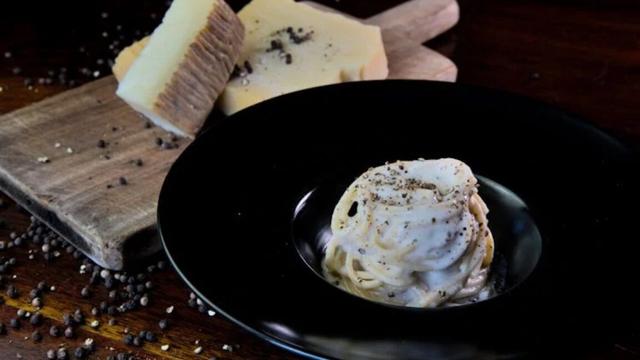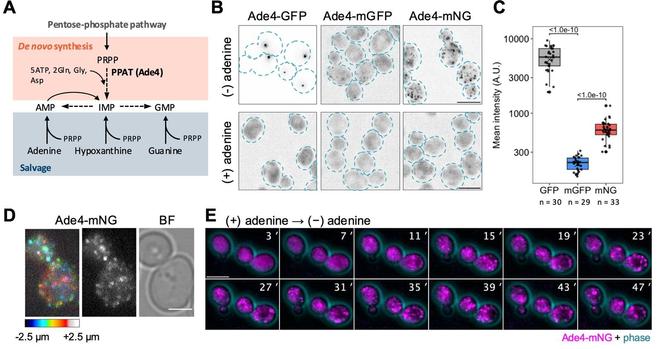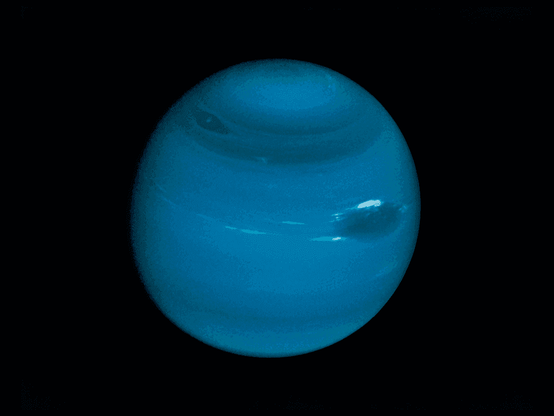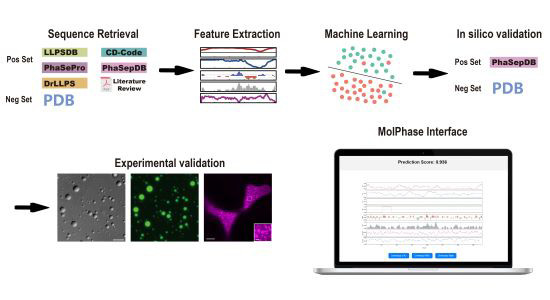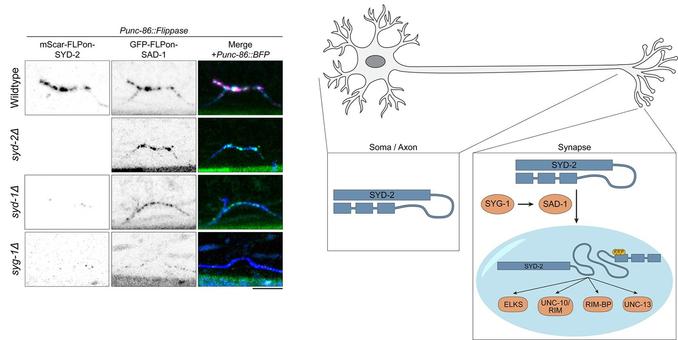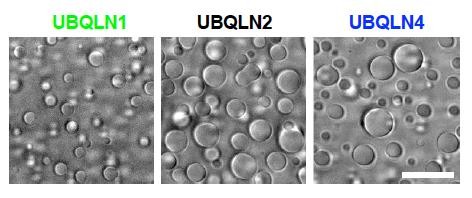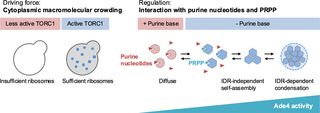
Phase separation of the PRPP amidotransferase into dynamic condensates promotes de novo purine synthesis in yeast
PRPP amidotransferase is the rate-limiting enzyme in de novo purine synthesis, but how its activity is regulated remains unclear. These authors show that PRPP forms intracellular condensates in response to high purine demand through phase separation, which is driven by TORC1-mediated macromolecular crowding of cytoplasm, facilitating de novo purine synthesis in yeast.
Cooking Perfect Cacio e Pepe
In cooking, sometimes the simplest recipes are the toughest to master. Cacio e pepe — a classic three-ingredient Italian pasta — is an excellent example. Made properly, the sauce of cheese and black pepper combines with starchy water to coat the pasta in a uniform, cheesy sauce. Or, if you’re me, you wind up with a pasta sauce flecked with stringy clumps of melted cheese. Fortunately for those of us who have yet to master this one, a new research paper has us covered with tips to make the perfect cacio e pepe.
The key to that elusive silky sauce, they found, is the starch – water – cheese combination. Your water needs just the right amount of starch — they found that between 1 – 4% starch by (cheese) mass worked. If the starch concentration is too low (which can easily happen in pasta water), you’ll get the clumpy cheese mess that so frequently happens in my kitchen. Temperature is also critical; if the water is too hot when it’s added, then it can destabilize the sauce. Check out the pre-print’s Section V for the scientific, supposedly foolproof, recipe. I know I’ll be trying it! (Image credit: O. Kadaksoo; research credit: G. Bartolucci et al. pre-print; via APS News)
#cooking #emulsion #fluidDynamics #phaseSeparation #physics #rheology #science #softMatter

Phase behavior of Cacio e Pepe sauce
``Pasta alla Cacio e pepe'' is a traditional Italian dish made with pasta, pecorino cheese, and pepper. Despite its simple ingredient list, achieving the perfect texture and creaminess of the sauce can be challenging. In this study, we systematically explore the phase behavior of Cacio e pepe sauce, focusing on its stability at increasing temperatures for various proportions of cheese, water, and starch. We identify starch concentration as the key factor influencing sauce stability, with direct implications for practical cooking. Specifically, we delineate a regime where starch concentrations below 1\% (relative to cheese mass) lead to the formation of system-wide clumps, a condition determining what we term the ``Mozzarella Phase'' and corresponding to an unpleasant and separated sauce. Additionally, we examine the impact of cheese concentration relative to water at a fixed starch level, observing a lower critical solution temperature that we theoretically rationalized by means of a minimal effective free-energy model. \tcr{We further analyze the effect of a less traditional stabilizer, trisodium citrate, and observe a sharp transition from the Mozzarella Phase to a completely smooth and stable sauce, in contrast to starch-stabilized mixtures, where the transition is more gradual.} Finally, we present a scientifically optimized recipe based on our findings, enabling a consistently flawless execution of this classic dish.
Why Icy Giants Have Strange Magnetic Fields
When Voyager 2 visited Uranus and Neptune, scientists were puzzled by the icy giants’ disorderly magnetic fields. Contrary to expectations, neither planet had a well-defined north and south magnetic pole, indicating that the planets’ thick, icy interiors must not convect the way Earth’s mantle does. Years later, other researchers suggested that the icy giants’ magnetic fields could come from a single thin, convecting layer in the planet, but how that would look remained unclear. Now a scientist thinks he has an answer.
When simulating a mixture of water, methane, and ammonia under icy giant temperature and pressure conditions, he saw the chemicals split themselves into two layers — a water-hydrogen mix capable of convection and a hydrocarbon-rich, stagnant lower layer. Such phase separation, he argues, matches both the icy giants’ gravitational fields and their odd magnetic fields. To test whether the model holds up, we’ll need another spacecraft — one equipped with a Doppler imager — to visit Uranus and/or Neptune to measure the predicted layers firsthand. (Image credit: NASA; research credit: B. Militzer; via Physics World)
#convection #fluidDynamics #Neptune #numericalSimulation #phaseSeparation #physics #planetaryScience #science #Uranus
TGF-β-induced DACT1 biomolecular condensates repress Wnt signalling to promote bone metastasis
https://www.nature.com/articles/s41556-021-00641-w
-------------
Understudied protein blobs have global effects on cell biochemistry
https://phys.org/news/2024-09-understudied-protein-blobs-global-effects.html
https://news.ycombinator.com/item?id=41602473
Biomolecular condensates regulate cellular electrochemical equilibria
https://www.cell.com/cell/abstract/S0092-8674(24)00909-7
#biology #biochemistry #electrochemistry #ProteinChemistry #BiomolecularCondensates #MolecularBiology #PhaseSeparation #PhaseLocalization #ProteinBlobs
A Newfound Source of Cellular Order in the Chemistry of Life
Inside cells, droplets of biomolecules called condensates merge, divide and dissolve
Their dance may regulate vital processes
https://www.quantamagazine.org/a-newfound-source-of-cellular-order-in-the-chemistry-of-life-20210107
#biology #biochemistry #ProteinChemistry #BiomolecularCondensates #MolecularBiology #PhaseSeparation #PhaseLocalization #ProteinDroplets
[thread] Biomolecular condensates
https://en.wikipedia.org/wiki/Biomolecular_condensate
* biochemistry - biomolecular condensate: membrane-less subcellular domains
* specialized cellular functions
* composition not controlled by bounding membrane
* form/maintain organization by var. processes
* phase separation of proteins, RNA, biopolymers into colloidal emulsions, gels, liquid crystals, solid crystals, aggregates
#biochemistry #ProteinChemistry #BiomolecularCondensates #PhaseSeparation #PhaseLocalization #ProteinDroplets
Yansong Miao and colleagues present an advanced algorithm for predicting #phaseseparation propensities of proteins - and apply it to phytobacterial type III effectors
https://www.embopress.org/doi/full/10.1038/s44318-024-00090-9
SAD-1 kinase controls presynaptic phase separation by relieving SYD-2/Liprin-α autoinhibition
In developing presynapses, the core active zone structure has been found to assemble through liquid-liquid phase separation. This study shows that the active zone localized kinase SAD-1 phosphorylates SYD-2/Liprin-α, a key active zone scaffold protein, relieving its autoinhibition and triggering phase separation.
Studying the underlying molecular grammar of phase-separating systems.
The #Castaneda_lab shows that the N-terminal region of Ubiquilins is indispensable for distinct phase separation behaviour. #preprint
New preLight prepared by Aniruddha Das!
#preLight 👉 https://prelights.biologists.com/highlights/short-n-terminal-disordered-regions-and-the-proline-rich-domain-are-major-regulators-of-phase-transitions-for-full-length-ubqln1-ubqln2-and-ubqln4/
